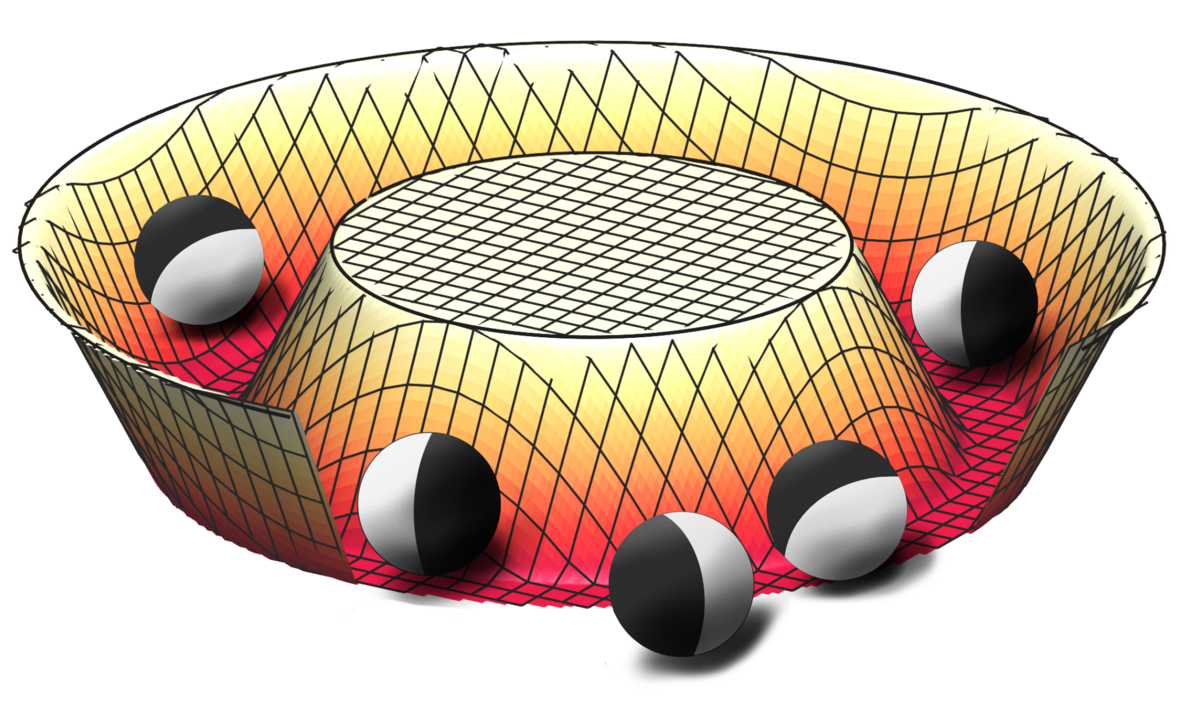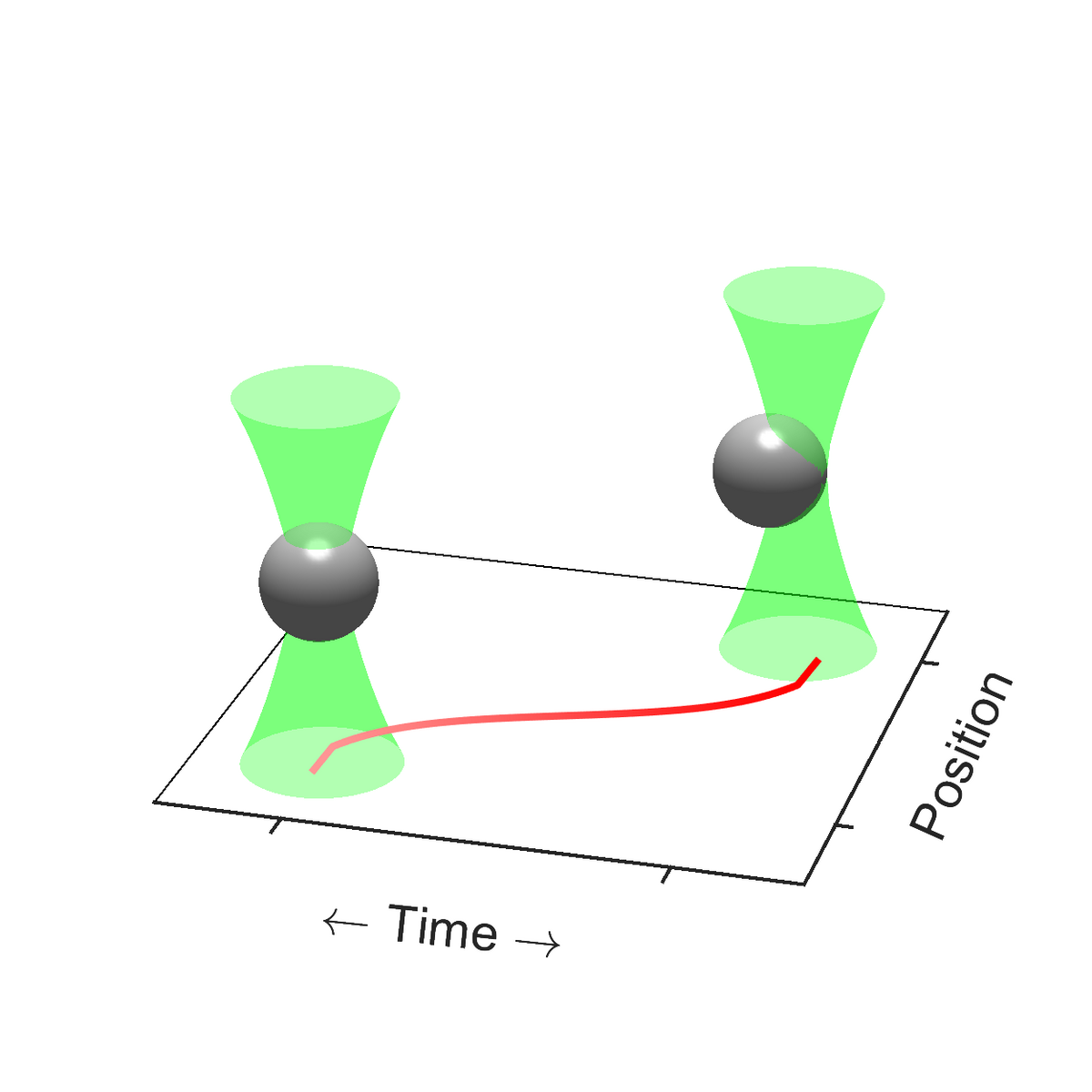
Dr. Lokesh Chinnakanna receives Humboldt Fellowship for his research
Dr. Lokesh Chinnakann has been awarded a prestigious Humboldt Research Fellowship for two years. As part of his research, he will focus on the topic of "Investigating non-Markovian heat engine by maneuvering complex fluid dynamics through target heating."
Read more








